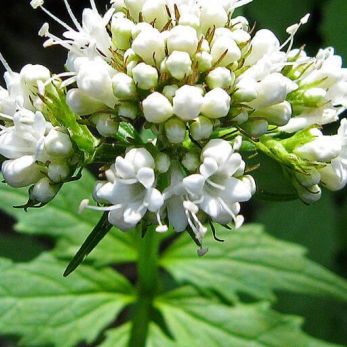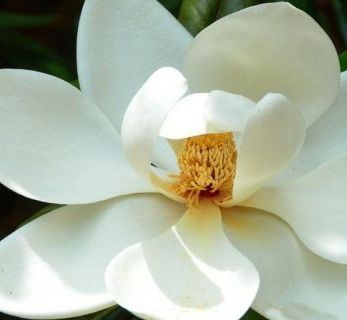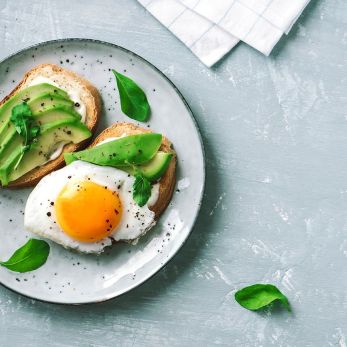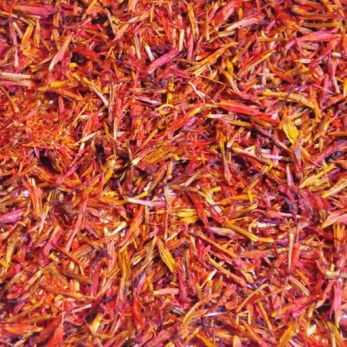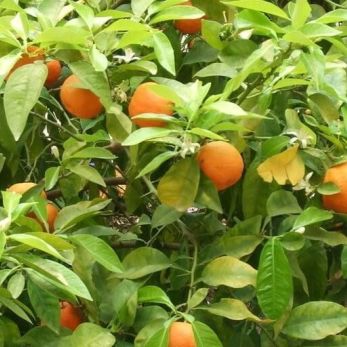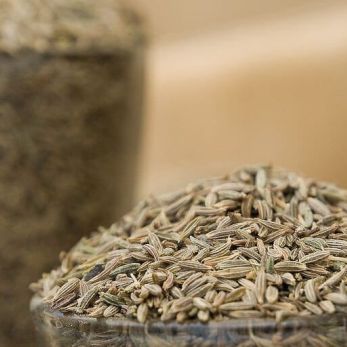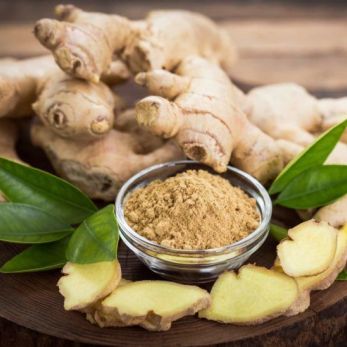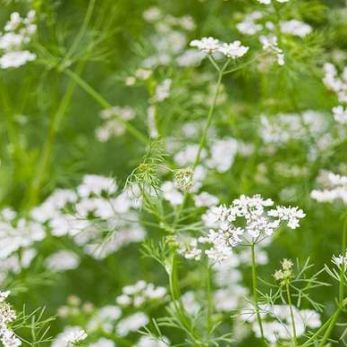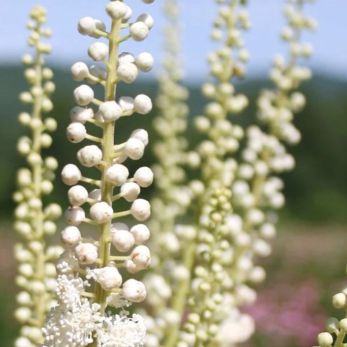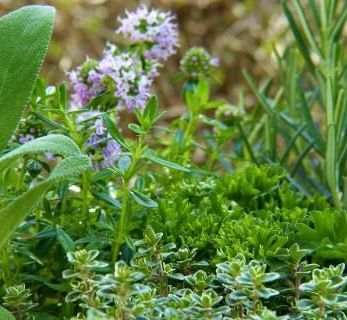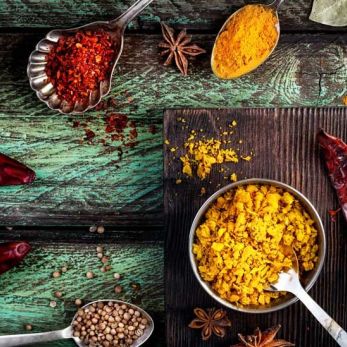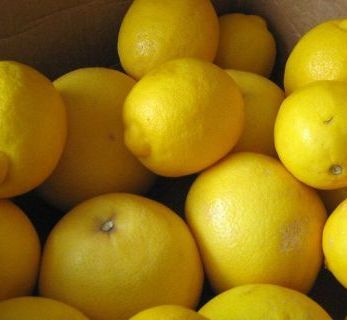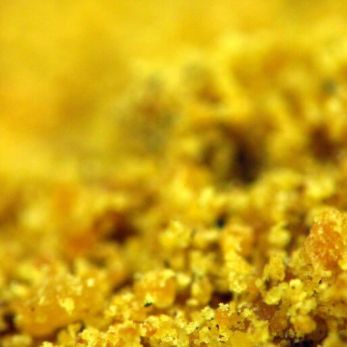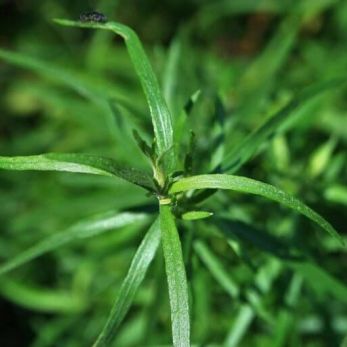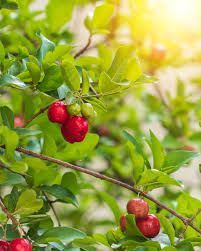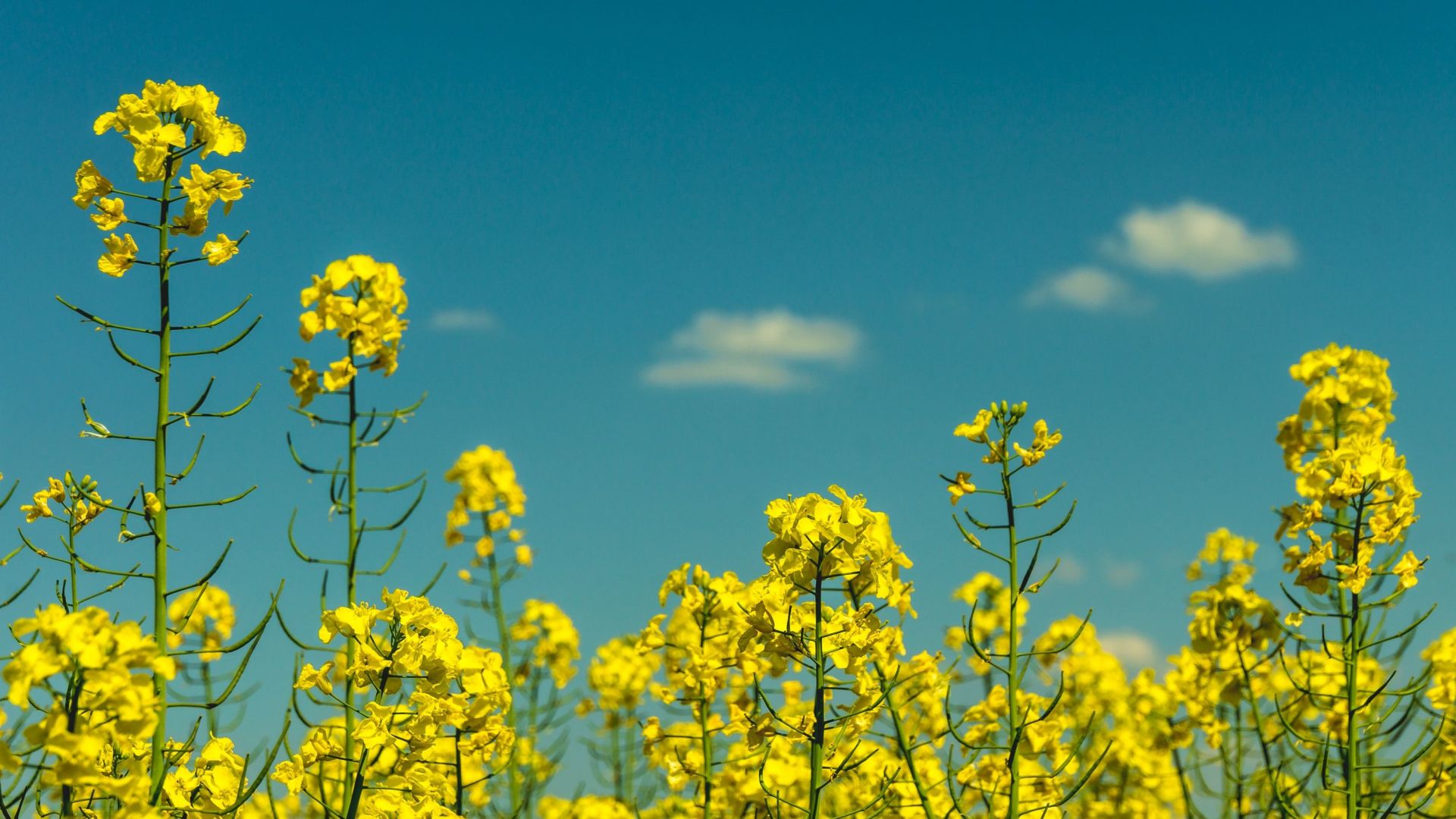
Mustard comprises various herbs belonging to the Brassicaceae family, commonly known as Cruciferae, and refers to the condiment derived from the pungent seeds of these plants. Beyond the seeds, mustard plants utilize their leaves and swollen leaf stems, often employed as greens or potherbs. Key varieties include white (Sinapis alba), native to the Mediterranean, and brown or Indian mustard (Brassica juncea), originating from the Himalayas. Brown mustard has largely replaced black mustard (Brassica nigra) due to mechanized cropping preferences, with the latter now primarily existing as an introduced weed. Both white and brown mustard are cultivated as spring-sown annual crops, with their dry seeds harvested in early autumn. These plants thrive on diverse soil types, resist common pests and diseases, and endure various weather conditions without significant harm.
The use of mustard seeds as a spice traces back to ancient times, documented in Indian and Sumerian texts dating back to 3000 BCE. Mustard plants are frequently referenced in Greek and Roman writings and the Bible, where the tiny mustard seed symbolizes faith in the New Testament. Hippocrates and other ancient physicians also recognized the medicinal uses of mustard seed. In the 20th century, mustard emerged as the largest spice by volume in global trade, primarily cultivated in temperate regions like the Canadian and U.S. Great Plains, Hungary, and Britain.
Mustard seeds, whether white or brown, are globular, finely pitted, and pungent-tasting. They contain vegetable oil, protein, and the enzyme myrosin. When chewed or mixed with water, a chemical reaction produces mustard oil, yielding a pungent, irritating odor and acrid taste in brown mustard, and a nonvolatile oil with a milder heat in white mustard.
Mustard is marketed as seeds, dry powder mixed with water for freshness, and paste with additional spices or herbs, vinegar, wine, and starch or flour. The distinct flavors of white and brown mustard find application in various condiments globally, enhancing dishes such as cold meats, sausages, salad dressings, and mayonnaises. Historically, mustard plasters were used in medicine for their counterirritant properties in treating chest colds and other ailments.
Brown mustard, related to rapeseed, serves as a source of vegetable oil and is a crucial crop in northern India, Pakistan, China, southern Russia, and Kazakhstan. The oil finds application in food and industrial contexts, while the residual cake serves as animal feed.
#mustard
#mustardseed
Picture: Unsplash

